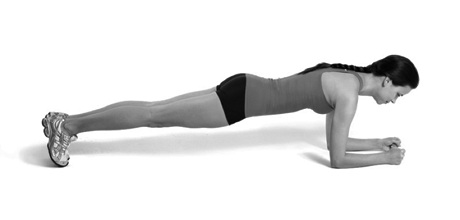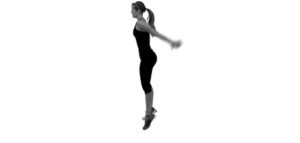In the last blog, I discussed the many benefits exercise has on both our minds and bodies – increased immunity, a healthier heart, stronger lungs and cutting the risk of diabetes – to name but a few.
After just a couple of months of regular exercise, a number of other benefits can also be seen.
Within a Few Months of Regular Exercise…
You’re getting stronger. Those eight-pound weights don’t feel quite as heavy, because your muscular endurance is starting to increase. Ten reps is no longer a struggle; you can now do 12 or 13.
You’re blasting belly fat. After four weeks of regular workouts, your body is ditching flab and gaining muscle.
You’ve got more brainpower. Working out activates growth-stimulating proteins in the brain that may help form new cells there.
Within One Year of Regular Exercise…
Working out is way easier. Your endurance and aerobic fitness can increase by up to 25 percent after eight to 12 weeks of regular training. In a year your endurance can more than double.
Your heart rate is lower. Thanks to regular workouts, your heart is pumping more efficiently. For instance, if your initial resting heart rate was 80 beats a minute, it will have dropped to 70 or lower. The less work your heart has to do, the healthier you’ll be.
You’re a fat-melting machine. Your cells are now superefficient at breaking down fat and using it as fuel, Olson says. That means you’re zapping more flab 24-7.
You’ve cut your cancer risk. In a study of more than 14,800 women, those who had the highest levels of aerobic fitness were 55 percent less likely to die from breast cancer than those who were sedentary. Women considered moderately fit had about a 33 percent lower risk of developing the disease. Exercise may also help protect against endometrial, lung, and ovarian cancer, researchers say.
You’re adding years to your life. Fitness buffs have better telomeres, the DNA that bookends our chromosomes and protects them from damage, which can slow the aging process, studies show.
You feel fantastic. Just four months of exercise is as good as prescription meds at boosting mood and reducing depression. Keep it up and not only will your life be longer, it will be happier, too!









